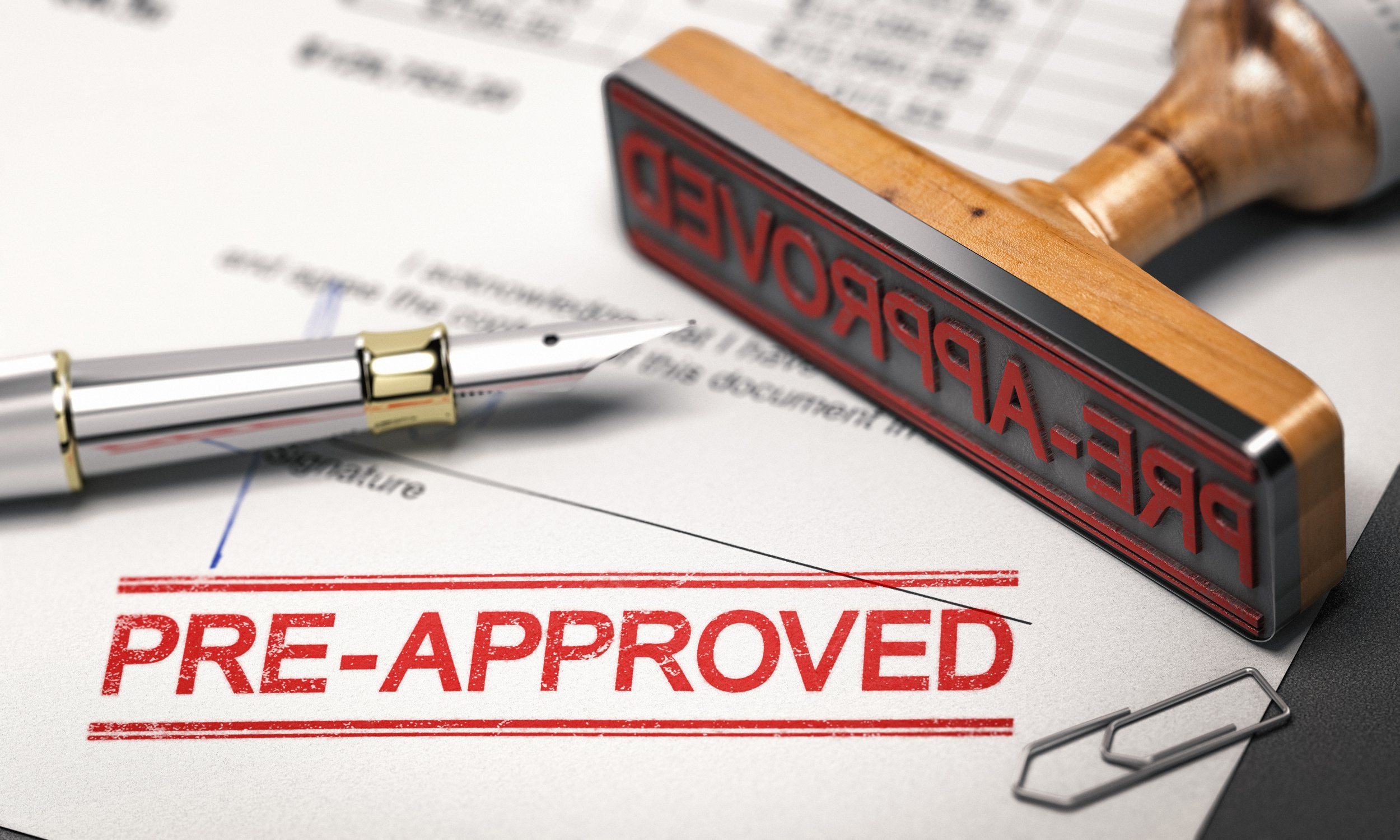Understanding Mortgage Pre-Approval: Why It’s Your First Step
Buying a home is one of the most significant financial decisions you’ll ever make—and it all begins with a clear understanding of what you can afford. That’s where mortgage pre-approval comes in.
While it might be tempting to jump straight into house hunting, getting pre-approved should always be your first step. Here’s why it’s essential and how it sets you up for success.
What Is Mortgage Pre-Approval?
Mortgage pre-approval is a formal process where a lender reviews your financial information—such as income, assets, debt, and credit history—to determine how much they’re willing to lend you.
Unlike pre-qualification, which is more of an estimate based on self-reported data, pre-approval involves a thorough evaluation and results in a written commitment (though still subject to final underwriting).
With a pre-approval letter in hand, you’ll know the loan amount you qualify for, the likely interest rate, and the type of loan that fits your situation.
Why Pre-Approval Should Be Step One
1. Sets a Clear Budget
Pre-approval helps you shop smarter by defining your price range. It prevents you from wasting time looking at homes outside your financial comfort zone and keeps your expectations grounded in reality.
2. Shows Sellers You’re Serious
In competitive markets, sellers often require a pre-approval letter before considering your offer. It shows you’re not just browsing—you’ve done your homework and have the financing to back up your offer.
3. Speeds Up the Buying Process
Since much of the financial review is completed during pre-approval, you’ll be further along when it’s time to finalize the loan.
This can lead to a quicker closing and make your offer more attractive in a multiple-offer scenario.
4. Helps You Uncover Potential Issues Early
The pre-approval process can reveal financial red flags—such as a low credit score or high debt-to-income ratio—that might prevent you from qualifying for a mortgage.
Discovering these early gives you time to address them before making an offer.
What You’ll Need for Pre-Approval
To get pre-approved, you’ll typically need to provide:
Proof of income (W-2s, pay stubs, tax returns)
Bank and asset statements
Employment verification
Credit history
Identification
Lenders may also ask for information about any outstanding debts, such as student loans or car payments. The more complete and accurate your documentation, the smoother the process will be.
Tips for a Successful Pre-Approval
Avoid major financial changes during the process, like switching jobs or taking on new debt.
Check your credit score in advance and dispute any errors.
Shop around—get pre-approved with more than one lender to compare rates, fees, and service levels.
Prepare for Pre-Approval
Mortgage pre-approval isn’t just a formality—it’s a foundational step that empowers you as a buyer.
It gives you clarity, strengthens your position with sellers, and prepares you for a smoother, more confident homebuying journey. Before you browse listings or schedule showings, make sure you’re pre-approved.
It’s the smartest way to start your path to homeownership.

